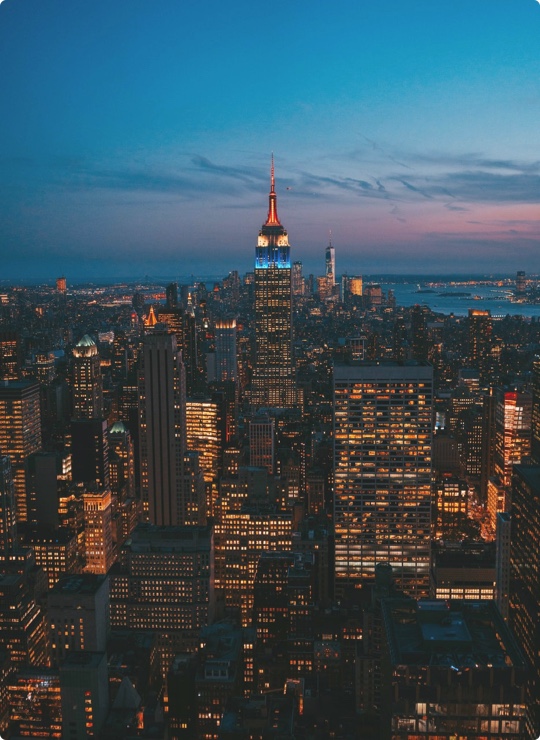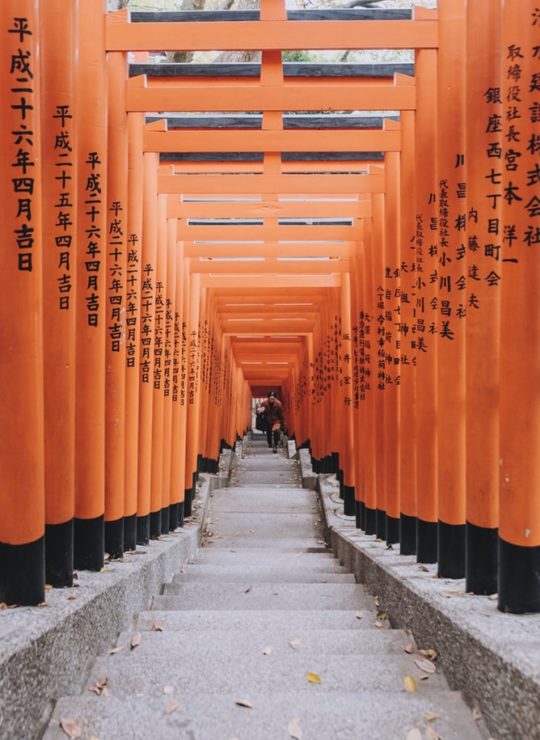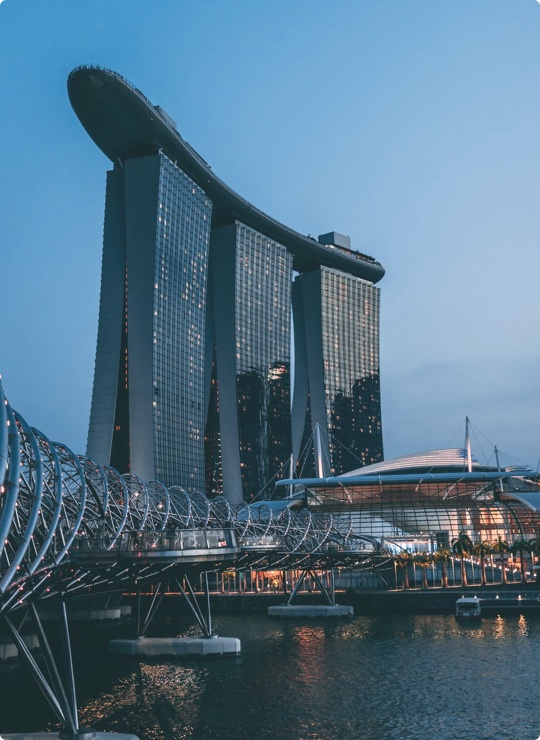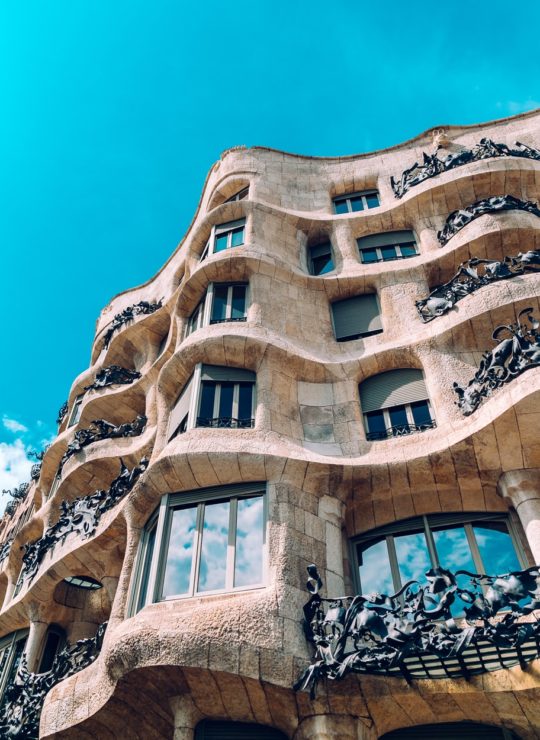Salento
Salento (Salentino: Salentu) is a peninsula and cultural region in the south-eastern part of Apulia, and it forms the "heel" of Italy's boot-shaped outline.
Cities
[edit]- 1 Brindisi — elegant seafront on the Adriatic Sea, Roman age remains and two castles situated in front of the sea.
- 2 Gallipoli — Fishing port city renowned for its seafood restaurants, a large old town on a walled island, miles of beaches and vibrant nightlife.
- 3 Lecce — called the "Florence of the South" for its magnificent baroque churches and buildings, it also has Roman theater and amphitheater.
- 4 Nardò — Cultural centre of Salento during the Renaissance it is a true pearl of the Baroque architecture, also rich of museums, seaside villages and Nature Reserves such as Porto Selvaggio.
- 5 Oria — home to a 13th-century castle, it was once an important Jewish community.
- 6 Ostuni — magic locality known as the "white town" for the color of its historical centre's houses.
- 7 Otranto — The easternmost town of Italy boasts a well preserved old city with an imposing castle, several coves and a high cliff coastal road with a stunning view.
- 8 Salve — Small picturesque town surrounded by a pleasant countryside, with miles of sea resorts including the "Maldives of Salento".
- 9 Santa Maria di Leuca — Southern extremity of the region, it is a relevant religious tourism centre and is full of 18th-19th centuries villas built in eclectic style and sea caves to explore.
- 10 Specchia — Small inland town with several noble palaces and churches to visit and lively festivals.
- 11 Taranto — ancient Greek city with a relevant National Archaeological Museum (MArTA) and many sights of different ages.
- 12 Torre Vado — Lively village on the Ionian Sea rich of activities you can do related to sea and a promenade very vibrant at night.
Other destinations
[edit]
Understand
[edit]Salento represents not only a peninsula but a historical and cultural region, with some significant differences compared to the rest of Apulia.
Talk
[edit]Italian is the official language and it's known by everyone, but if you walk along the streets of every city and village you will probably ear that most of inhabitants born before 1990 normally speak the Salentino dialect (salentinu), which represents a single linguistic group along with the dialects of Sicily and central and southern Calabria, that has evident differences with the rest of Apulian dialects.
In the city of Taranto and its surroundings people speak a peculiar dialect known as Tarantino (tarandìne), that sounds radically different from Salentino due to its ties with Bari dialect. In few towns located in the very north of Salento like Ostuni, you can appreciate dialects of transiction from Salentino to Apulian varieties.
In nine towns located south of Lecce people speak the Griko, a local variety of Greek language that is a residue of the Magna Graecia age. Today few thousands people can speak this language fluently and they represent an ethnic and linguistic minority officially recognised and protected.
Get in
[edit]By plane
[edit]Brindisi airport (BDS IATA), known as Aeroporto del Salento is the only civil airport in the aerea, with direct flights from various Italian and European cities. Carriers include ITA Airways, Aer Lingus, Easyjet, Eurowings, RyanAir, SkyAlps.
Bari airport (BRI IATA) has an higher number of destinations compared to the minor airport of Brindisi. Carriers include ITA Airways, Lufthansa, Eurowings, Neos Air, Ryanair and Wizzair. A seasonal direct flight to John F. Kennedy International Airport has recently started operating.
By boat
[edit]Brindisi also hosts the only ferry port of Salento, with links from Greece (Corfu, Igoumenitsa, Cephalonia, Zante, Patras) and Turkey (Cesme). The Italian operator Costa Crociere has recently started cruise routes in the Mediterranean that include the port of Taranto in their destinations.
By car
[edit]Toll motorway ![]() starts in Bologna and runs along the Adriatic coast until Bari, then continues inland to end few km north of Taranto. Bari Nord exit is the best option to reach Brindisi via the Adriatic coast freeways
starts in Bologna and runs along the Adriatic coast until Bari, then continues inland to end few km north of Taranto. Bari Nord exit is the best option to reach Brindisi via the Adriatic coast freeways ![]() and
and ![]() in 1½ hr. From Naples
in 1½ hr. From Naples ![]() motorway to Salerno,
motorway to Salerno, ![]() to Potenza then take
to Potenza then take ![]() "Basentana" to cross Basilicata until the Ionian Sea, then a section of
"Basentana" to cross Basilicata until the Ionian Sea, then a section of ![]() "Ionica" to reach Taranto in 3½ hr. If you are in Calabria take the the
"Ionica" to reach Taranto in 3½ hr. If you are in Calabria take the the ![]() motorway until Sibari exit then drive along the aforementioned
motorway until Sibari exit then drive along the aforementioned ![]() to reach Taranto.
to reach Taranto.
Get around
[edit]By car
[edit]Main cities of the region are connected via non-toll dual carriageways roads called Strade Statali (Statal roads), like the ![]() linking Taranto and Brindisi in 45 min;
linking Taranto and Brindisi in 45 min; ![]() links Brindisi and Lecce in less than ½ hr;
links Brindisi and Lecce in less than ½ hr; ![]() connects Lecce to Gallipoli in ½ hr;
connects Lecce to Gallipoli in ½ hr; ![]() links Lecce to Otranto in ½ hr. All of these roads usually have a speed limit of 90 km/h or 110 in some traits.
links Lecce to Otranto in ½ hr. All of these roads usually have a speed limit of 90 km/h or 110 in some traits.
The ![]() runs southwards from Gallipoli to Santa Maria di Leuca, the southern extremity of the peninsula, and it is a single lane freeway with a speed limit varying from 90 to 70 km/h.
runs southwards from Gallipoli to Santa Maria di Leuca, the southern extremity of the peninsula, and it is a single lane freeway with a speed limit varying from 90 to 70 km/h. ![]() instead is a road that connects Taranto to Lecce in 1½ hr, but since it is a uncompleted freeway you will have to cross various towns into their very centre, the best option to reach Lecce from Taranto is to pass from Brindisi.
instead is a road that connects Taranto to Lecce in 1½ hr, but since it is a uncompleted freeway you will have to cross various towns into their very centre, the best option to reach Lecce from Taranto is to pass from Brindisi.
Minor roads like ![]() (Strada Provinciale - Provincial road) links Manduria to
(Strada Provinciale - Provincial road) links Manduria to ![]() in less than an hour, passing along the Ionian marinas of Torre Lapillo and Porto Cesareo and the the Baroque town of Nardò. If you want to drive along coastal roads during summer choose the departure time considering the traffic to/from the various beach resorts, that can transform a beautiful trip in a scorching Odyssey.
in less than an hour, passing along the Ionian marinas of Torre Lapillo and Porto Cesareo and the the Baroque town of Nardò. If you want to drive along coastal roads during summer choose the departure time considering the traffic to/from the various beach resorts, that can transform a beautiful trip in a scorching Odyssey.
See
[edit]
Do
[edit]
Eat
[edit]
Drink
[edit]One of the most appreciated drinks is caffè leccese, a cold coffee served in a glass with ice and almond milk. This refreshing beverage can be tasted virtually in every restaurant and bar, especially in the province of Lecce.
Salento has become famous for its wines, now appreciated worldwide, of which it is impossible to not mention the Primitivo di Manduria, characterized by intense aroma and taste. This red wine is made from the "Primitivo" grape variety, also known abroad as Zinfandel, cultivated in the southeastern part of Taranto Province and few neighbouring municipalities of Brindisi Province, also the area of the origin of Negroamaro (meaning "black [and] bitter" in Salentino) variety from which we get wines like Lizzano DOP and Salice Salentino DOC.
Along with the rest of Southern Italy, limoncello is produced here, and this lemon liqueur is very much appreciated and usually taken as an after-dinner digestif.
Stay safe
[edit]
Go next
[edit]- Alberobello – hundreds of white trulli to admire or to sleep in. (45 min from Ostuni and Taranto)
- Martina Franca – excellent typical wine, cold cuts and cheese and a large old town rich of Baroque buildings. (20 min from Ostuni, ½ hr from Taranto)
- Matera – the suggestive scenario of its "sassi" is definitely worth visiting. (1 hr from Taranto)
- Monopoli – pictoresque fishing old town on the Adriatic sea with several coves to take a bath. (½ hr from Ostuni)
- Polignano a Mare – a characteristic town built on the cliffs overlooking the Adriatic sea. (40 min from Ostuni)


 Français
Français Italiano
Italiano




